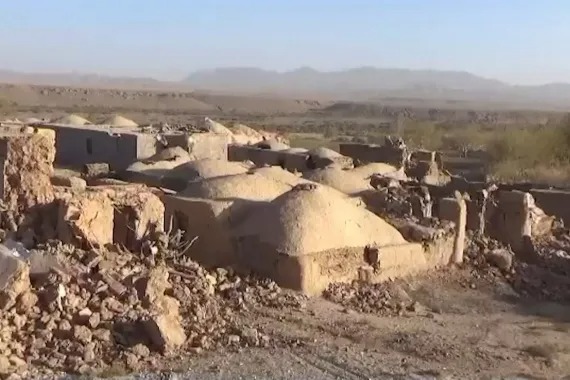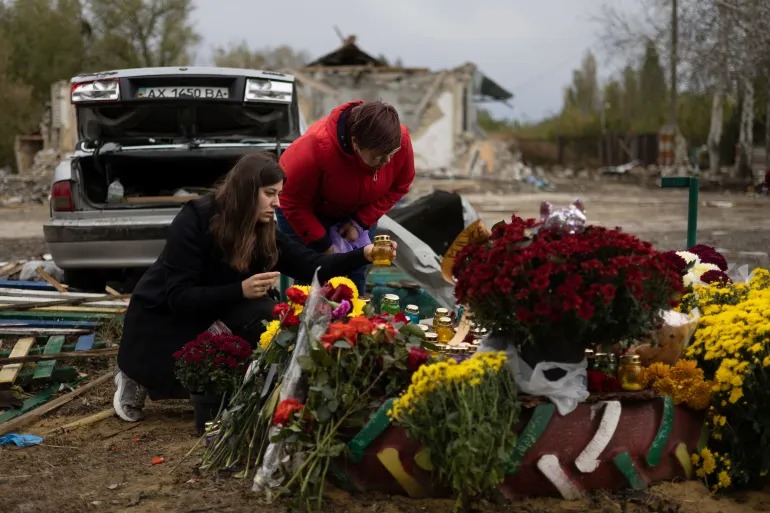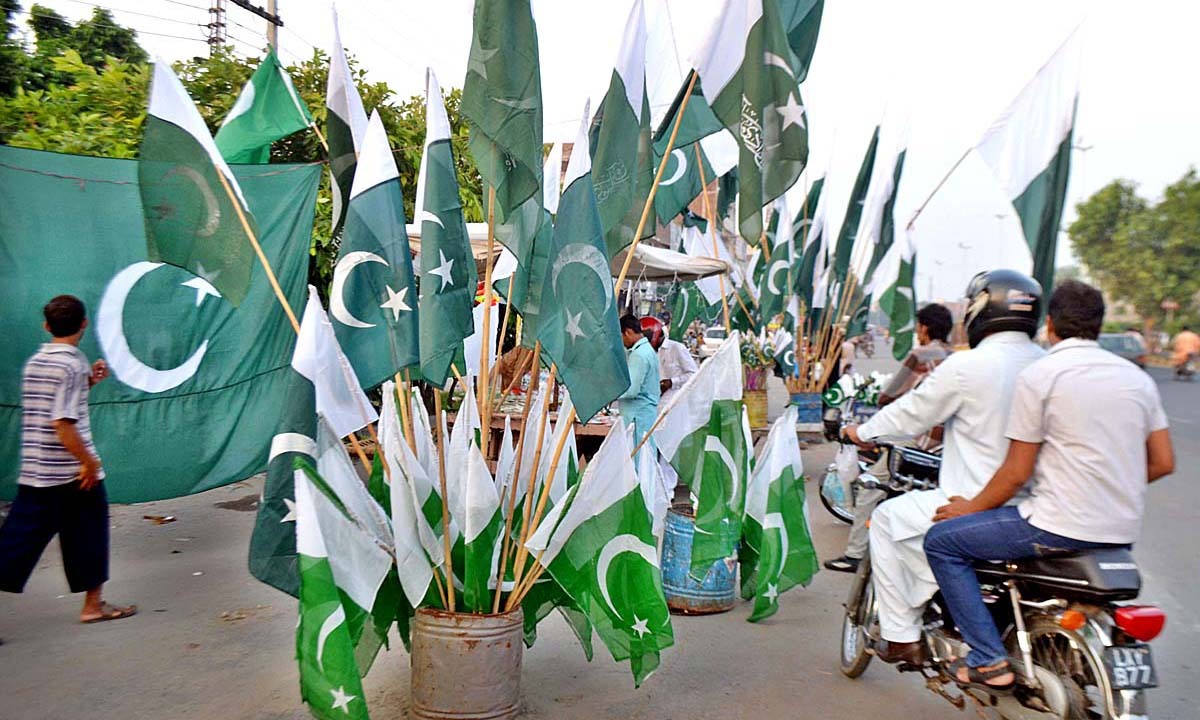Afghanistan has been hit by yet another powerful earthquake, marking the second seismic shockwave in just a matter of days. The latest tremor, measuring 6.3 on the Richter scale, struck Herat province, a region already grappling with the devastating aftermath of a previous series of quakes that claimed more than 2,400 lives. As the Afghan people endure this harrowing natural disaster, rescue efforts face daunting challenges exacerbated by a history of war, poor infrastructure, and declining foreign aid.
An Unwelcome Sequel Strikes Herat Province
Just days after a series of cataclysmic earthquakes rocked Afghanistan, a 6.3 magnitude earthquake jolted Herat province, leaving residents in a state of shock and despair. The epicenter of this latest quake was in close proximity to Herat, the provincial capital, and it struck early on a Wednesday morning, local time. The ferocity of this earthquake raises concerns about the ongoing safety and stability of the region.
Ongoing Tragedy and Losses Mount
The aftermath of this devastating earthquake in Herat province has been marked by reports of “huge losses” in districts near areas already flattened by the earlier quakes. It is reported that at least 80 people have been injured, further straining the already stretched healthcare infrastructure. Additionally, a landslide has blocked the primary Herat-Torghundi highway, complicating the movement of relief efforts and assistance to affected areas. The residents of Herat province now find themselves confronting not only the destruction caused by the initial quakes but also the consequences of this recent temblor.
A Nation in Peril as Relief Efforts Face Daunting Challenges
Afghanistan’s plight deepens as this latest earthquake unfolds amidst a backdrop of already overwhelming tragedy. Just days ago, a 6.3 magnitude quake and subsequent aftershocks wrought havoc upon the region, resulting in the tragic loss of at least 2,445 lives and leaving thousands more injured. This sequence of natural disasters, as confirmed by Taliban officials, is the country’s worst in recent memory.
The Herculean task of rescuing survivors and recovering the deceased from the rubble continues, with rescue workers and volunteers tirelessly digging through the remnants of shattered villages. Unfortunately, the relief efforts are severely hampered by the nation’s poor infrastructure, which has been adversely affected by decades of conflict, leaving communities in dire straits. Furthermore, Afghanistan’s dire economic situation, combined with a decline in foreign aid, has left the country struggling to effectively respond to this disaster and provide the necessary support to the affected population.
















